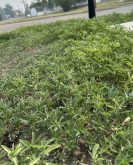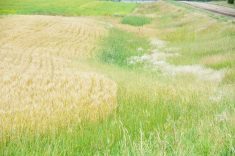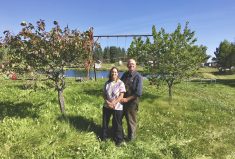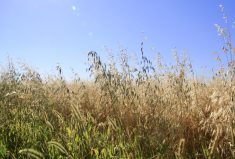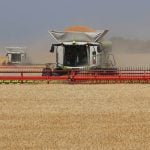A tough, semi-woody perennial plant native to Europe and Asia, absinthe wormwood typically grows in stems and forms in a clumping habit. The most distinguishing feature of the plant is its finely divided leaves combined with a silvery-grey colour.
Absinthe wormwood also has a very strong and distinct odour which is very similar to sage. It is one of the major ingredients in the namesake alcoholic beverage popular in the bohemian culture of 19th- and early-20th-century France.
The compounds responsible for this odour cause animals to avoid grazing it and can even give cow’s milk an ‘off-taste.’ It is most commonly found in dry, open waste areas, as well as overgrazed pastures and roadsides. Since it mainly invades overgrazed pastures and other disturbed areas, the best method of control is through prevention by means of proper grazing management.
Read Also
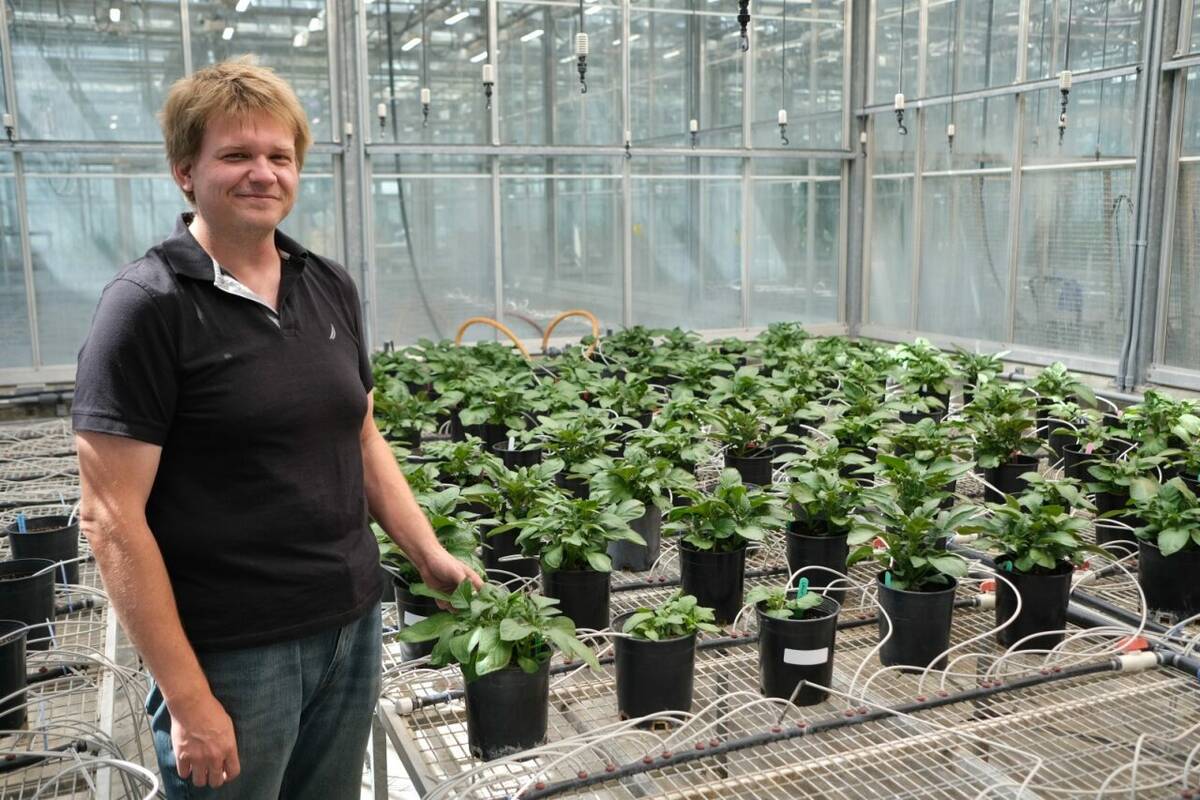
Hail research hopes to benefit potato growers
Alberta research scientist measures hail storm and heat dome affects on potato crops
Once established, there are still some control options. Tillage can be effective in cropped areas. Mowing can prevent seed production but will need to be repeated several times and will not reduce an infestation. Hand pulling is not recommended because of its deep taproot. Several herbicide options are available.
For more information on this or any invasive plant, contact your local Agricultural Fieldman or the Alberta Invasive Species Council.
– Submitted by Jordon Smith, agricultural technician, Red Deer county



